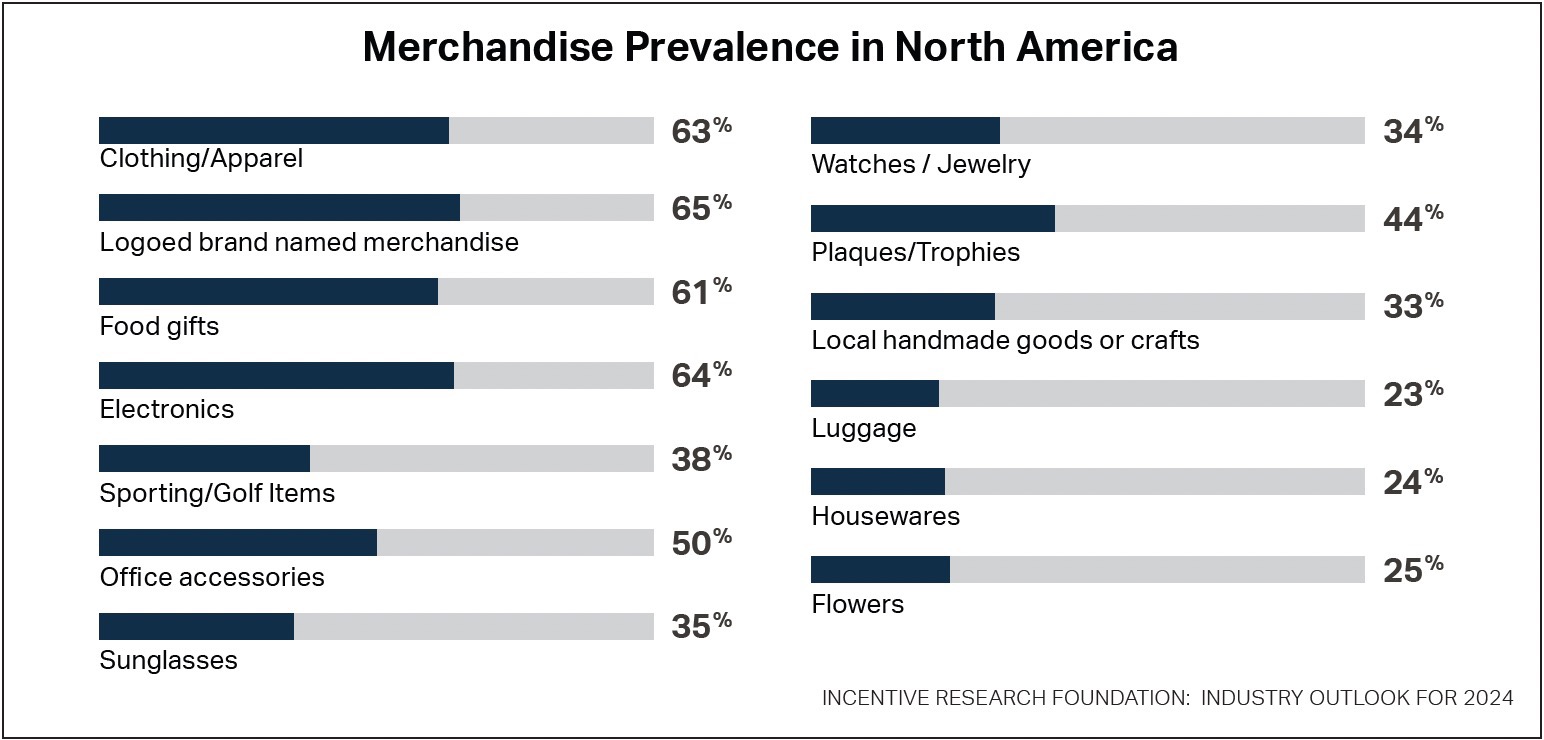Tangible gifts, one of the five languages of appreciation in the workplace identified by Gary Chapman in his best- selling book on the topic, is included in the workplace edition co-written by Chapman and Paul White. They emphasize that tangible rewards are separate and different from salary increases or bonuses.
Tangible gifts are a means to reward employees, channel partners and other business associates outside of pay for performance. Just as with gifting in personal relationships, this gesture in work relationships is a means of deepening a bond by showing that you are getting to know the recipient as an individual, Chapman and White explain. In fact, a key aspect of a meaningful gift in showing appreciation is that it is personal.
Two Keys to Effective Gifting
In the workplace, there are two key components for ensuring that tangible rewards are truly encouraging to those who receive them, the authors state.
First, you need to be certain that those you recognize with tangible gifts place a high importance on gifts as an expression of gratitude. “While a gift is extremely important to some individuals, it provides very little affirmation to others,” Chapman and White write.
Second, you must give a gift the person values. “Individuals who value gifts as an act of appreciation tend to react negatively when everyone is given the same item because to them it demonstrates the giver didn’t think about what each person would enjoy,” the authors state.
This means that corporate-branded apparel (despite its chart-topping use), desk accessories or other giveaways that companies frequently hand out to all employees are not gifts. (Note that “all employees” should be a red flag.) These types of items have their place in building team spirit, but they should not be viewed as gifts or an expression of recognition.
An exception could be made if a company can establish some cachet around a corporate-branded item, such as a high-quality jacket awarded to top sellers or for those who achieve a safety goal. Such a program requires honest assessment on the part of the sponsor. If a large number of the items you order are sitting in storage, it could be a sign your employees aren’t motivated by the reward.
Merchandise Rewards Utilization Expected to Increase
The Incentive Research Foundation’s Industry Outlook for 2024 predicts increased use of merchandise as rewards. According to the Industry Outlook for 2024, the use of merchandise in reward and recognition programs will see a net increase in spending in 2024 of 31% in North America and 25% in Europe. More significant increases in merchandise spend will go toward event gifting, with 2024 net increases of 47% in North America and 51% in Europe.
According to the IRF report, the average value of a merchandise gift for reward/recognition is $177 in North America and €174 in Europe. Third parties in North America spent significantly more on average than corporate program owners ($221 third party vs. $169 corporate). In Europe, the reverse was true, with corporate respondents outspending third parties (€180 corporate vs. €149 third party)

Gifting As Part of an Experience
Keep in mind that program sponsors can combine different types of non-cash rewards. In fact, doing so can be a force multiplier.
The IRF reports that the last two years has seen an upward trajectory in event gifting budgets, a trend that is anticipated to persist this year. A significant 55% of respondents to the IRF trends survey last fall planned to augment their event gifting budgets in 2024, with only 7% foreseeing a decrease.
The top event gifts in North America are nationally recognized branded merchandise (73%), food and beverage crafted locally (57%) and gift cards (56%).
In 2023, total average annual per- person spend on event gifts was $944 in North America and €869 in Europe.
North American third parties spent significantly more than their corporate counterparts ($1,635 third party vs. $847 corporate). In Europe, the corporate program owners spend modestly more than third-party agencies (€880 corporate vs. €821 third party).
Meaningfulness is the No. 1 priority in both North America and Europe when selecting an event gift. Customer events, conferences or tradeshows, and internal meetings were the most common occasions for event gifting in North America and Europe.
Writing for Forbes, Kate Vitasek, a consultant on building better business relationships, states, “At times, it can be easy to lose sight of the fact that your partners are real people with their own goals and desires — and they can lose sight of that, too. Corporate gifting helps humanize your company to your partners and can serve as an important reminder for your team that your partners are real people.”
Gifting Gives Back
Lack of recognition — of feeling appreciated — is the No. 1 reason workers cite for leaving a company. It’s often stated that employees don’t leave a company, they leave a manager.
Employees who receive tangible gifts as an act of recognition are proven to be more engaged in their work, and thus, more productive. They also are more loyal to their employer. A Gallup survey found that employees who feel unappreciated are twice as likely to quit within the next year.
A 2023 survey by Snappy, an employee gifting and recognition facilitator, showed that More than a third of employees (35%) say that the increased job satisfaction they feel after receiving a meaningful gift lasts for 3–6 months.
Managers must realize that acts of kindness — even small ones — shown to employees through gifting are impactful, but only when they are perceived as genuine.
“When authentic appreciation is communicated, all stakeholders win — the employee, the supervisor, the organization, customers and clients, 0as well as family and friends of the employee who get to enjoy a more positive, encouraged individual” Chapman and White state.





